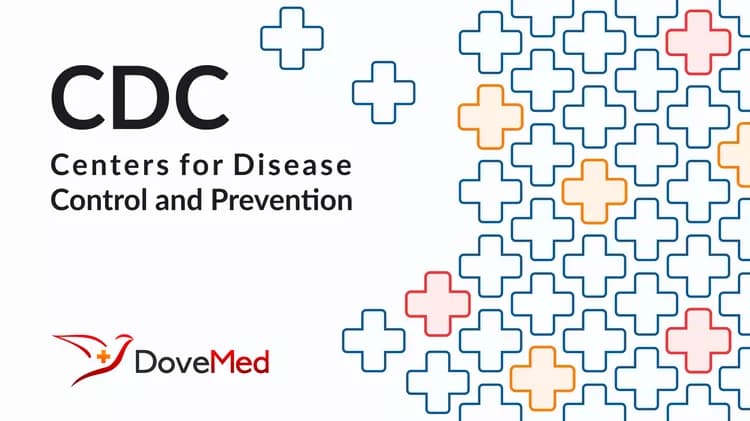
U.S. Teen Birth Rate Fell to Record Low in 2009
U.S. Teen Birth Rate Fell to Record Low in 2009
Still, more than 400,000 teen girls give birth each year in United States
Teen birth rates have decreased by 37 percent in the last two decades, though U.S. rates are up to nine times higher than in other developed countries, according to the latest CDC Vital Signs report. About 46 percent of teens have had sexual intercourse. About 14 percent of sexually active teen girls and 10 percent of teen boys report that they do not use any type of birth control, the report says.
The report finds that teens need sex education, the opportunity to talk with their parents about pregnancy prevention, and those who become sexually active need access to affordable, effective birth control. For teens that are sexually active, two forms of birth control such as condoms for boys, and birth control pills, hormone shots, or an IUD for girls are most effective for preventing pregnancy.
"Though we have made progress in reducing teen pregnancy over the past 20 years, still far too many teens are having babies," said CDC Director Thomas R. Frieden, M.D., M.P.H. "Preventing teen pregnancy can protect the health and quality of life of teenagers, their children, and their families throughout the United States."
Contraceptive use is lowest and teen childbirth is highest among Hispanic/Latinos and non-Hispanic blacks. Rates also are high among youth of all races and ethnicities who are socioeconomically disadvantaged. Black and Hispanic teen girls are about 2-3 times more likely to give birth than white teens. The percentage of black teen girls ever having sex (58 percent) is higher than for Hispanic (45 percent) and white teen girls (45 percent). The percentage of black teen males ever having sex (72 percent) is greater than that of Hispanics (53 percent) and whites (40 percent).
According to CDC Vital Signs, teen childbearing has a high cost emotionally, physically and financially for the mother, child and their community.
About half of teen mothers do not get a high school diploma before the age of 22.
Girls born to teen mothers are almost one-third more likely to become teen mothers themselves.
Children of teen parents are more likely to have low school achievement, drop out of school, and be teen parents themselves.
Teen pregnancy and childbirth cost U.S. taxpayers an estimated $9 billion each year, approximately $6 billion in lost tax revenue and nearly $3 billion in public expenditures. Reducing teen and unintended pregnancy is a key priority for the Department of Health and Human Services and the focus of a collaborative effort involving many parts of the Department. In support of this effort CDC recommends:
Sex education that provides accurate information and is tied to the developmental needs of adolescents.
Parents and teens communicate more effectively with each other on issues of sex and teen birth.
Sexually active teens have access to affordable and effective birth control.
For more information about preventing teen pregnancy, visit www.cdc.gov/vitalsigns and www.hhs.gov/ash/oah/prevention/index.html.
About Vital Signs
CDC Vital Signs is a report that appears on the first Tuesday of the month as part of the CDC journal Morbidity and Mortality Weekly Report (MMWR). Vital Signs is designed to provide the latest data and information on key health indicators — cancer prevention, obesity, tobacco use, alcohol use, access to health care, HIV/AIDS, motor vehicle passenger safety, health care-associated infections, cardiovascular health, teen pregnancy, asthma, and food safety.
###
U.S. DEPARTMENT OF HEALTH AND HUMAN SERVICES
Related Articles
Test Your Knowledge
Asked by users
Related Centers
Related Specialties
Related Physicians
Related Procedures
Related Resources
Join DoveHubs
and connect with fellow professionals

0 Comments
Please log in to post a comment.